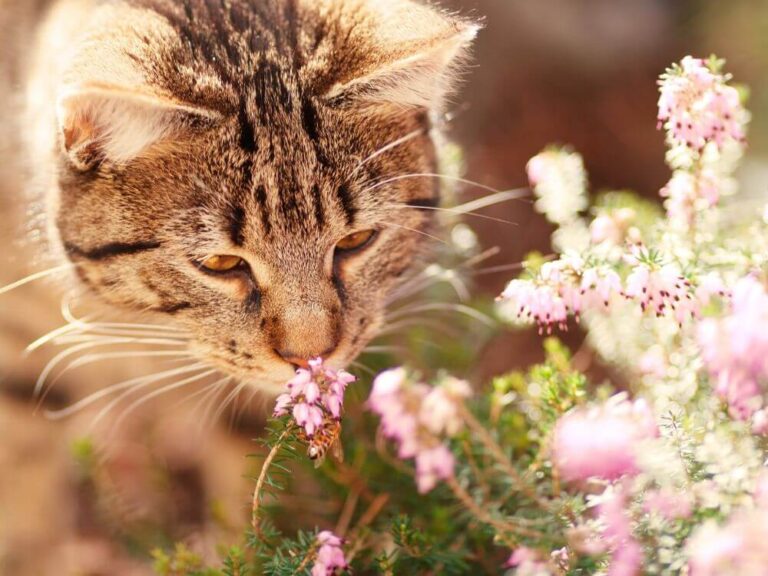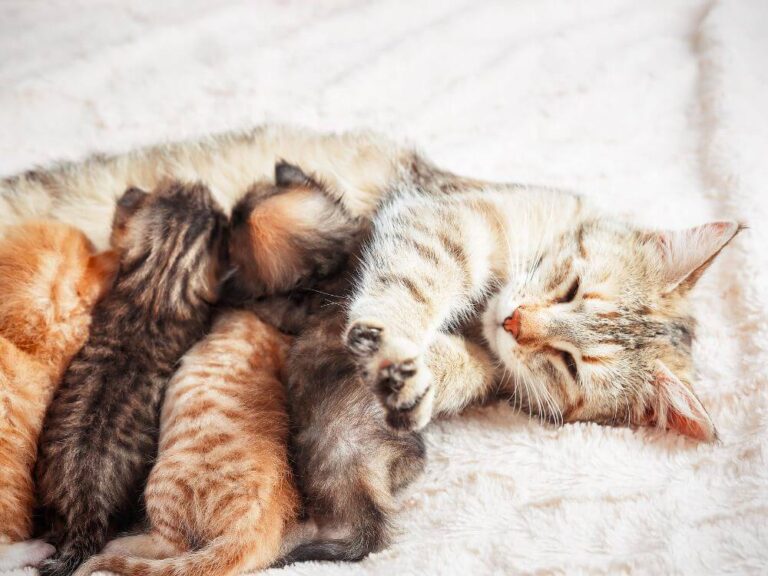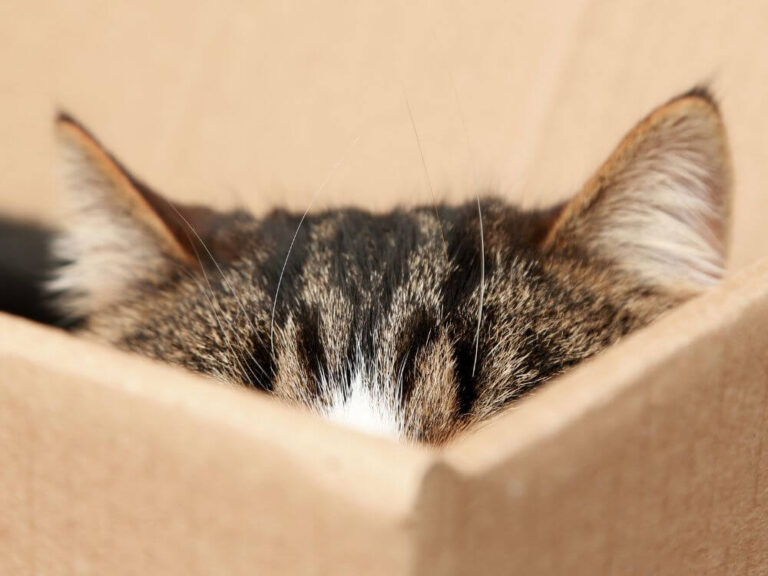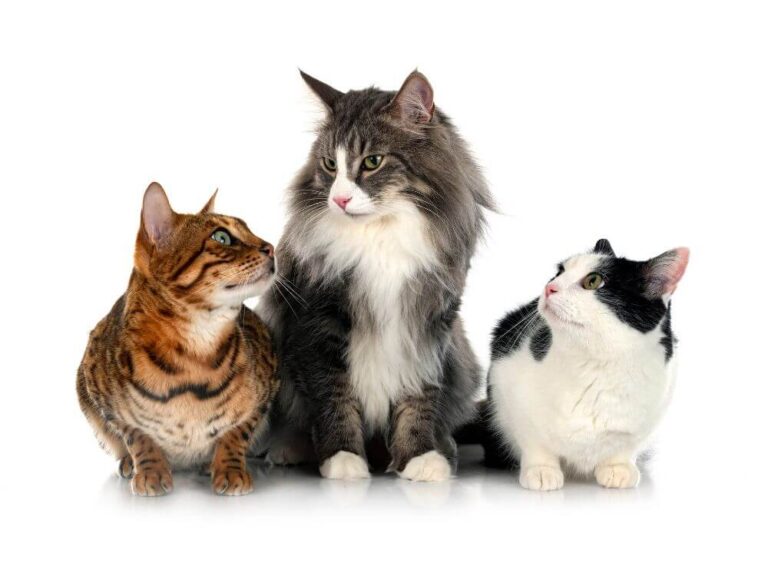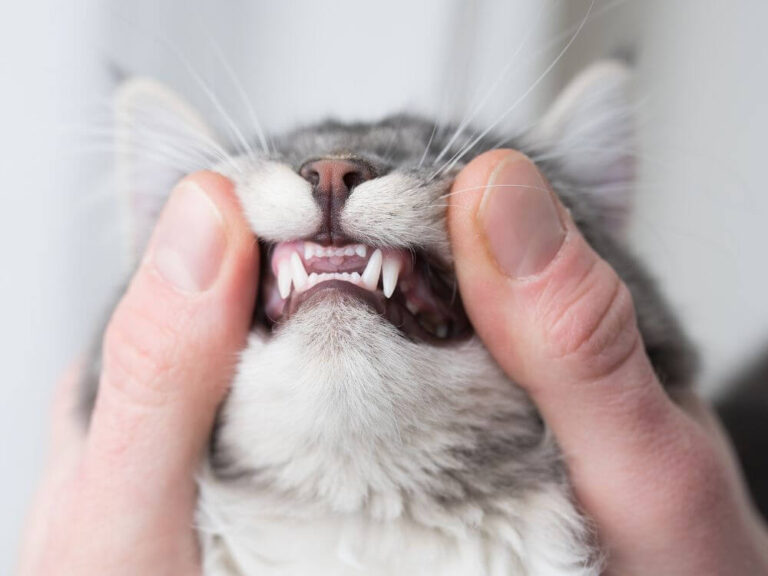Protected Cats Around the World: Guardians of Feline Heritage
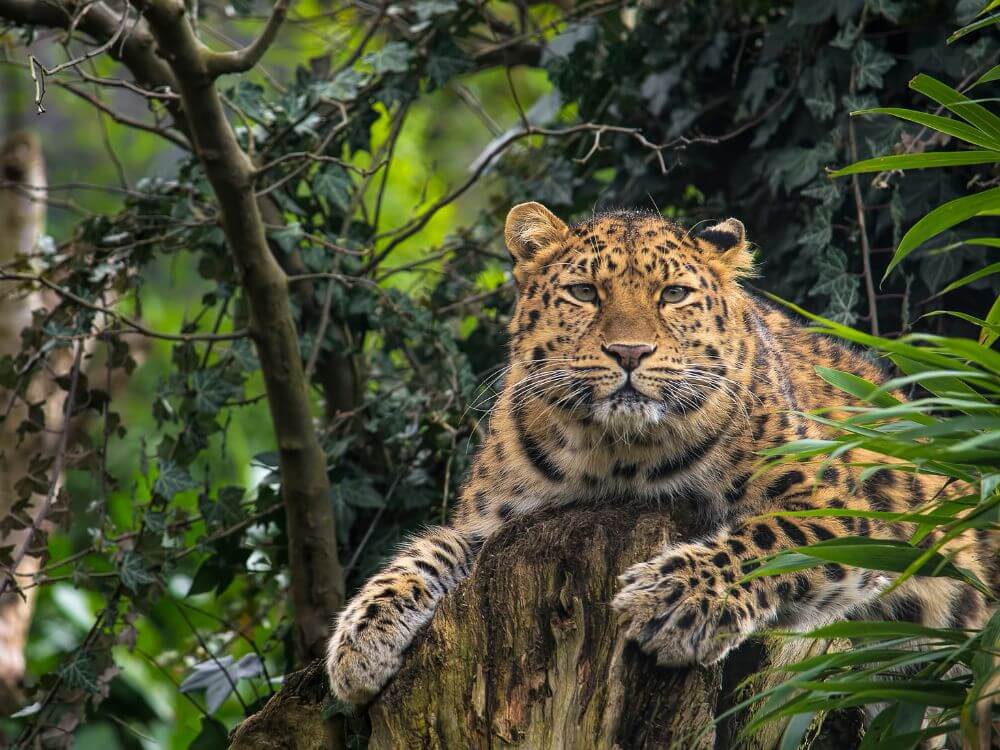
The world is home to many species of cats, ranging from the common house cat to rare wild felines. Among them, several species face the risk of extinction due to habitat loss, poaching, and climate change. This article delves into the significance of these protected cats, their roles in ecosystems, and the efforts being made to preserve them.
The Importance of Protecting Cats
Cats, whether domesticated or wild, play crucial roles in ecosystems. They help control populations of smaller animals, thus maintaining ecological balance. In many cultures, they hold symbolic and spiritual significance. Protecting endangered cats preserves not only biodiversity but also cultural heritage.
Iconic Protected Cat Species
Several species of cats are protected due to their dwindling populations. Each species has a unique story of struggle and survival.
- Amur Leopard (Panthera pardus orientalis) The Amur leopard, native to the forests of Russia and China, is one of the rarest cats on the planet. Fewer than 100 individuals remain in the wild. Conservation efforts focus on protecting their habitat and preventing poaching. The survival of the Amur leopard symbolizes the delicate balance of our planet’s ecosystems.
- Iberian Lynx (Lynx pardinus) Once teetering on the brink of extinction, the Iberian lynx has seen a remarkable recovery. Native to the Iberian Peninsula, this species is the world’s most endangered feline. Conservation programs, including breeding and habitat restoration, have increased their numbers, but they remain vulnerable.
- Snow Leopard (Panthera uncia) The snow leopard, often referred to as the “ghost of the mountains,” inhabits the rugged terrains of Central Asia. These elusive cats face threats from habitat destruction, human-wildlife conflict, and illegal hunting. Conservationists work to protect their habitats and reduce conflicts with local communities.
- Tiger (Panthera tigris) Tigers, one of the most iconic and powerful predators, are under severe threat. With only a few thousand left in the wild, tigers are classified as endangered. Conservation efforts focus on anti-poaching measures, habitat restoration, and awareness campaigns to reduce the demand for tiger products.
The Role of Conservation Organizations
Various international and local organizations work tirelessly to protect endangered cats. These organizations focus on habitat preservation, anti-poaching efforts, and breeding programs. They also engage in educating local communities about the importance of protecting these species.
- World Wildlife Fund (WWF) WWF is actively involved in the conservation of several cat species, including tigers, snow leopards, and Amur leopards. They work with governments and local communities to implement conservation strategies.
- Panthera Panthera is an organization solely dedicated to the conservation of wild cats. They focus on protecting big cats like lions, leopards, and jaguars through science-based conservation programs.
- International Union for Conservation of Nature (IUCN) IUCN maintains the Red List, which classifies species according to their conservation status. The organization works globally to assess the threats faced by various cat species and recommend conservation actions.
The Impact of Climate Change on Protected Cats
Climate change poses a significant threat to the habitats of many protected cats. Rising temperatures, changing precipitation patterns, and extreme weather events alter the ecosystems these cats rely on. For example, the snow leopard’s mountain habitat is shrinking as glaciers melt and vegetation changes. Similarly, tigers in low-lying areas face increased flooding and habitat loss due to rising sea levels.
What You Can Do to Help
Conserving protected cats requires global cooperation and individual action. Here are some ways you can contribute:
- Support Conservation Organizations Donate to organizations like WWF, Panthera, or local wildlife groups that work to protect endangered cats.
- Raise Awareness Use social media platforms to spread awareness about the plight of endangered cats and the importance of conservation efforts.
- Advocate for Wildlife Protection Support policies that protect wildlife habitats and combat illegal poaching.
- Responsible Tourism If visiting areas where endangered cats live, choose eco-friendly and responsible tour operators that contribute to local conservation efforts.
- Adopt Sustainable Practices Reduce your carbon footprint to combat climate change, which directly impacts the habitats of these cats.
The Future of Protected Cats
The future of protected cats depends on our ability to act now. Conservation efforts have shown that with the right strategies, we can bring species back from the brink of extinction. However, the work is far from over. Continued global collaboration, research, and public support are essential to ensuring that these magnificent creatures continue to roam our planet.
As we continue to strive towards a world where all creatures can thrive, the story of protected cats serves as a reminder of the beauty and fragility of life on Earth. By protecting these cats, we protect the very essence of our natural world.

